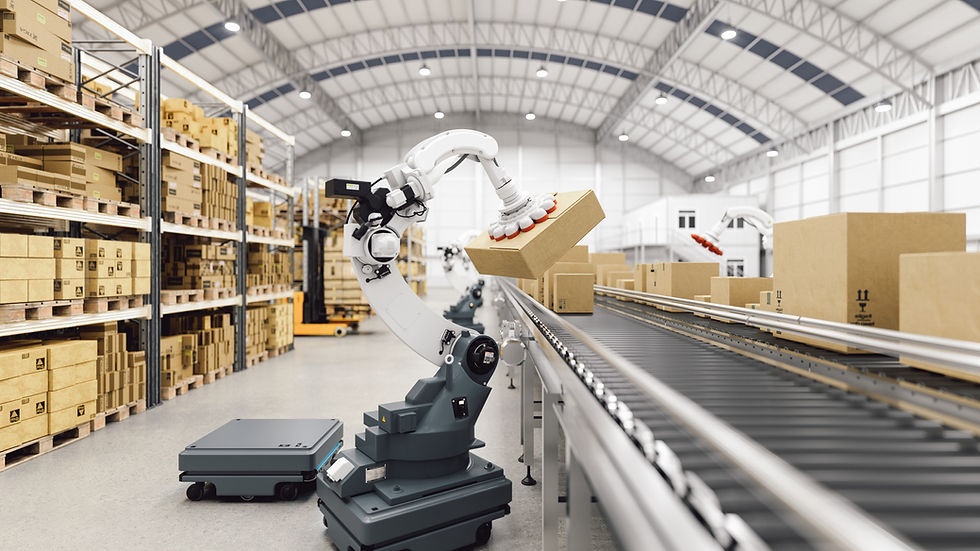The Enterprise Impact of 3D Vision Technology
- thefxigroup
- Jun 5
- 2 min read
As industries embrace the next frontier of automation and intelligence, 3D vision systems are emerging as a key enabler of precision-driven operations. These technologies, which allow machines to perceive and interpret spatial depth with high accuracy, are revolutionizing sectors from smart manufacturing to logistics and quality control.
With the rise of Industry 4.0, enterprises are turning to 3D vision to reduce error margins, increase throughput, and unlock real-time spatial intelligence that supports both operational excellence and long-term scalability.
What Is 3D Vision?
At its core, 3D vision technology allows machines to "see" and understand three-dimensional spaces through a combination of sensors, cameras, and algorithms. Unlike traditional 2D imaging, 3D systems capture depth, volume, and shape, enabling more precise object detection, localization, and measurement—even in complex or dynamic environments.
This added dimensionality offers significant advantages across enterprise applications, particularly when precision is paramount.
Transforming Manufacturing Precision
In smart factories, 3D vision plays a crucial role in automating inspection, alignment, and assembly tasks. With micron-level accuracy, these systems ensure components are correctly positioned, welded, or fastened—reducing rework, waste, and manual intervention.
Real-time 3D scanning can identify surface defects or dimensional deviations on production lines, supporting zero-defect manufacturing standards. Integrated with robotics, 3D vision systems enable automated handling of irregular objects, optimizing both speed and quality.
Enhancing Quality Control and Traceability
For enterprises where compliance and quality are non-negotiable—such as automotive, aerospace, and electronics—3D vision enables end-to-end inspection and traceability. Systems can record every product’s dimensional data, creating a digital audit trail and allowing rapid root-cause analysis in the event of failures.
Moreover, 3D vision integrates seamlessly with digital twins and AI-powered predictive analytics, giving enterprises a dynamic feedback loop to refine production processes and prevent quality lapses before they happen.
Applications Beyond the Factory Floor
Beyond manufacturing, 3D vision is reshaping enterprise operations in logistics, warehousing, and even healthcare. Autonomous mobile robots (AMRs) use 3D navigation to avoid obstacles and operate safely in dynamic spaces. In logistics, volumetric scanning powered by 3D vision improves packing efficiency and reduces shipping costs.
In healthcare and life sciences, 3D imaging assists in surgical navigation and custom prosthetics, further showcasing the versatility and high-precision potential of this technology.
The Future: AI-Enhanced 3D Vision
As AI algorithms continue to evolve, 3D vision systems are becoming smarter, faster, and more adaptable. Machine learning models can now identify patterns from 3D data, improving anomaly detection and object classification. This convergence of AI and 3D vision is setting the stage for truly autonomous systems in complex enterprise environments.
Seeing the Future with Precision
3D vision technology is no longer a futuristic concept—it's a strategic asset for enterprises aiming to scale with accuracy and agility. By embedding precision into every layer of production and operations, businesses can reduce costs, improve quality, and stay competitive in an increasingly automated world.
Explore how companies like Fusionex Tech are advancing AI and computer vision technologies to drive smarter, more resilient industries.


